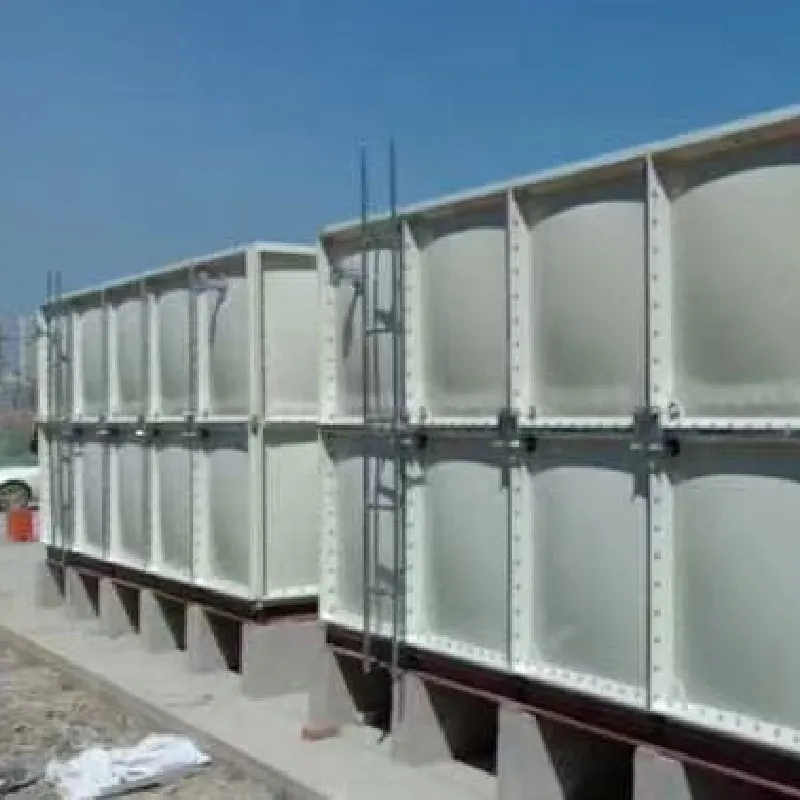loading...
- No. 9, Xingyuan South Street, Dongwaihuan Road, Zaoqiang County, Hengshui, Hebei, China
- admin@zjcomposites.com
- +86 15097380338
- Welcome to visit our website!
fiber reinforced plastic rod
Fiber Reinforced Plastic Rods An Overview of Their Composition, Applications, and Advantages
Fiber Reinforced Plastic (FRP) rods are an innovative material that is gradually gaining prominence across various industries due to their unique properties, versatility, and impressive performance characteristics. As an amalgamation of polymer matrices and reinforcing fibers, FRP rods effectively combine the inherent advantages of plastics and the strength of fibers. This article delves into the composition, applications, and benefits of FRP rods, showcasing why they are becoming the preferred choice in numerous sectors.
Composition of Fiber Reinforced Plastic Rods
At the core of FRP rods is the polymer matrix, which can either be thermosetting or thermoplastics. Common resins used include epoxy, polyester, and vinyl ester. The reinforcing fibers can be made from glass, carbon, aramid (Kevlar), or even natural fibers such as jute or hemp. The choice of fiber plays a significant role in determining the mechanical properties of the rods. Glass fibers are the most widely used due to their excellent tensile strength and cost-effectiveness, while carbon fibers offer superior strength-to-weight ratios and modulus properties, though at a higher cost.
The manufacturing process of FRP rods typically involves a pultrusion technique, where the resin-impregnated fibers are drawn through a heated die to create a continuous profile. This process not only ensures uniform thickness and structure but also enhances the mechanical properties of the final product. The resultant rods are available in various diameters and lengths, making them adaptable to specific applications.
Applications of Fiber Reinforced Plastic Rods
The versatility of FRP rods lends them to a wide array of applications across multiple industries
1. Construction and Civil Engineering In civil engineering, FRP rods serve as an excellent alternative to traditional steel reinforcements in concrete structures. They are highly resistant to corrosion, making them particularly valuable in environments prone to moisture and chemicals. Additionally, they are lightweight, which simplifies transportation and installation.
2. Aerospace and Automotive The aerospace and automotive industries utilize FRP rods for components that require both strength and lightweight characteristics. These rods contribute to weight reduction, leading to improved fuel efficiency and overall performance.
fiber reinforced plastic rod

3. Marine Applications FRP rods are widely used in marine construction due to their resistance to saltwater corrosion and UV degradation. They are employed in building docks, piers, and other aquatic structures, providing longevity and reduced maintenance costs.
4. Electrical Applications Given their non-conductive properties, FRP rods are often used as insulators in electrical applications. They are ideal for reinforcing telecommunication poles and towers, providing structural support without compromising electrical safety.
5. Sports Equipment The sporting goods industry employs FRP rods to manufacture lightweight and durable equipment, such as fishing rods, bicycle frames, and archery arrows. Their strength-to-weight ratio allows athletes to achieve better performance and agility.
Advantages of Fiber Reinforced Plastic Rods
The benefits of using FRP rods over traditional materials are manifold
- Corrosion Resistance Unlike metal rods, FRP rods do not corrode when exposed to harsh environments, ensuring a longer service life. - Lightweight The reduced weight of FRP rods makes them easier to handle and transport, minimizing labor costs during installation. - High Strength FRP rods exhibit remarkable tensile strength, ensuring they can withstand significant loads and stresses. - Versatility The availability of diverse fiber materials and manufacturing processes allows for custom-tailored solutions to meet specific project requirements. - Cost-Effectiveness While the initial cost may be higher than traditional materials, the reduction in maintenance and replacement costs often results in a lower total cost of ownership over time.
Conclusion
Fiber Reinforced Plastic rods represent a significant advancement in material science, offering an array of benefits that cater to the evolving demands of various industries. Their unique properties, coupled with a wide range of applications, position FRP rods as an ideal choice for modern construction challenges and beyond. As technology progresses, it is anticipated that the use of FRP rods will continue to expand, further innovating how industries approach their structural needs.
-
The Rise of FRP Profiles: Strong, Lightweight, and Built to LastNewsJul.14,2025
-
SMC Panel Tanks: A Modern Water Storage Solution for All EnvironmentsNewsJul.14,2025
-
GRP Grating: A Modern Solution for Safe and Durable Access SystemsNewsJul.14,2025
-
Galvanized Steel Water Tanks: Durable, Reliable, and Ready for UseNewsJul.14,2025
-
FRP Mini Mesh Grating: The Safer, Smarter Flooring SolutionNewsJul.14,2025
-
Exploring FRP Vessels: Durable Solutions for Modern Fluid HandlingNewsJul.14,2025
-
GRP Structures: The Future of Lightweight, High-Performance EngineeringNewsJun.20,2025
